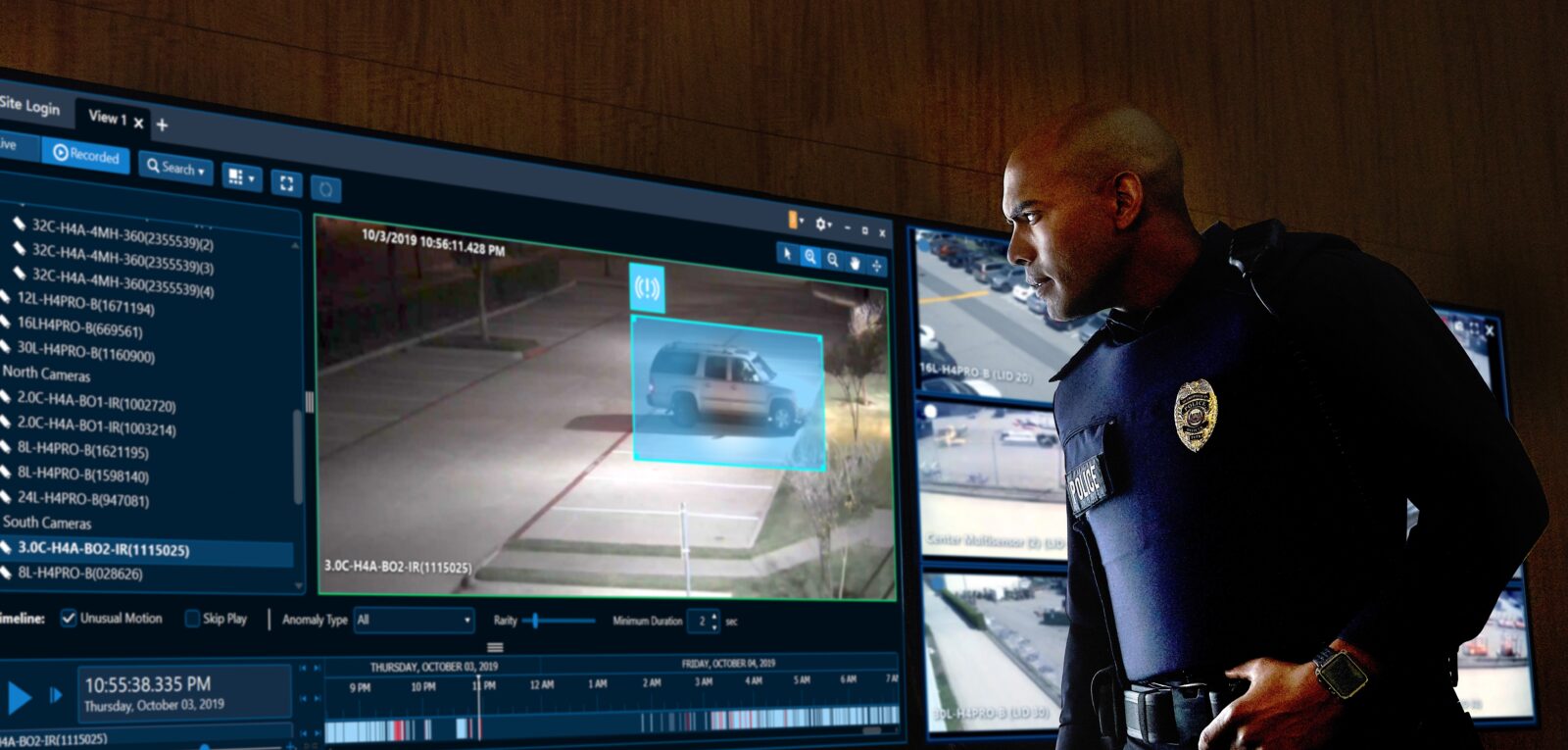By Rodolfo Gomes, Video Security Specialist, Motorola Solutions
According to data from the National Secretariat for Penal Policies (SENAPPEN), Brazil currently has a total of 826,740 people in the Penitentiary System, 642,638 of them in prisons¹. While the World Prison Population List (WPPL) published by the Institute for Crime and Justice Policy Research (ICPR) lists Mexico in second place in Latin America with over 220,000 people, followed by Argentina with almost 110,000, Colombia with 98,000 and Peru with 88,000.
Although the penal system is a fundamental link in any nation’s security strategy, particularly in Latin America, overcrowding makes the police’s mission to keep prisons safe even more challenging.
To deal with these challenges, it is essential that prison professionals are equipped with innovative technologies that can increase the protection of facilities and make security staff operate more efficiently. Innovative technologies that can be integrated with each other to provide the prison with an ecosystem that allows intelligence to be centralized and fed from multiple sources, such as voice and video.
Radios have always been widely used in these facilities, mainly due to the encryption security of this type of communication, which prevents unauthorized people from eavesdropping or interfering in conversations. But over the last few years, video and software security technologies have been transforming prison operations.
This journey of innovation has taken on a new meaning with the integration of all these technologies to increase modernization initiatives, driven mainly by the development of Smart Cities. This is because within the concept of smart cities, one of the main topics is security – a priority for its viability and the right of every citizen.
Prisons require specific resources to enter the smart cities concept and become more protected environments for those inside and outside the facilities, optimizing protective measures and well-being in and around the facilities.
Video security, for example, has become a crucial tool, with fixed and mobile cameras of the highest resolution and durability, capable of identifying vehicles, license plates, people and details even in poorly lit environments. These video security systems can be strategically positioned to cover all angles and minimize blind spots, providing a comprehensive view of prison activities and facilities internally and externally.
This is the case with the prison network in Manaus, the largest city in the state of Amazonas. In the past, the penal police had to monitor several screens 24/7 to detect unusual activities inside and outside six institutions. In prisons that didn’t have an electronic system, monitoring was often done by agents located in perimeter guardhouses. Security technology has helped improve and modernize operations, giving police officers visibility and awareness in various strategic locations, allowing them to be more agile and effective.
Advanced command center software can become a veritable hub for unifying information, in which officers are able to view all the cameras, move them around, watch recorded images and manage the portable radios they use their teams.
The integration of devices with Artificial Intelligence resources and analysis allows operational coordination to be orchestrated with command and control centers and, with the automation of actions, minimizes response times and avoids procedural errors. Automation is essential in operations where every second counts. This way, teams can quickly identify and respond to incidents and support preventive actions.
It is also possible to integrate this hub with georeferencing services in order to obtain the real-time location of vehicles using the GPS system in the equipment or via telemetry. With this, patrols and various actions can be carried out more safely for people. The images recorded and automatically stored in the cloud serve as evidence, if necessary. These images are protected by cybersecurity features in accordance with the regulations of each country and cannot be altered – accessed only under judicial authorization.
In addition, radio systems can be integrated with other security devices, such as alarms and sensors, in order to provide a comprehensive response in the event of breaches or suspicious events. Constant communication between staff increases the operational efficiency of prison units, allowing for more effective management of resources and a coordinated response in crisis situations.
People need to feel increasingly safe in their daily lives, whether inside their homes, walking down the street, at work or fulfilling their duty under the law. A modern technological ecosystem makes this reality possible for public and private organizations around the world.
